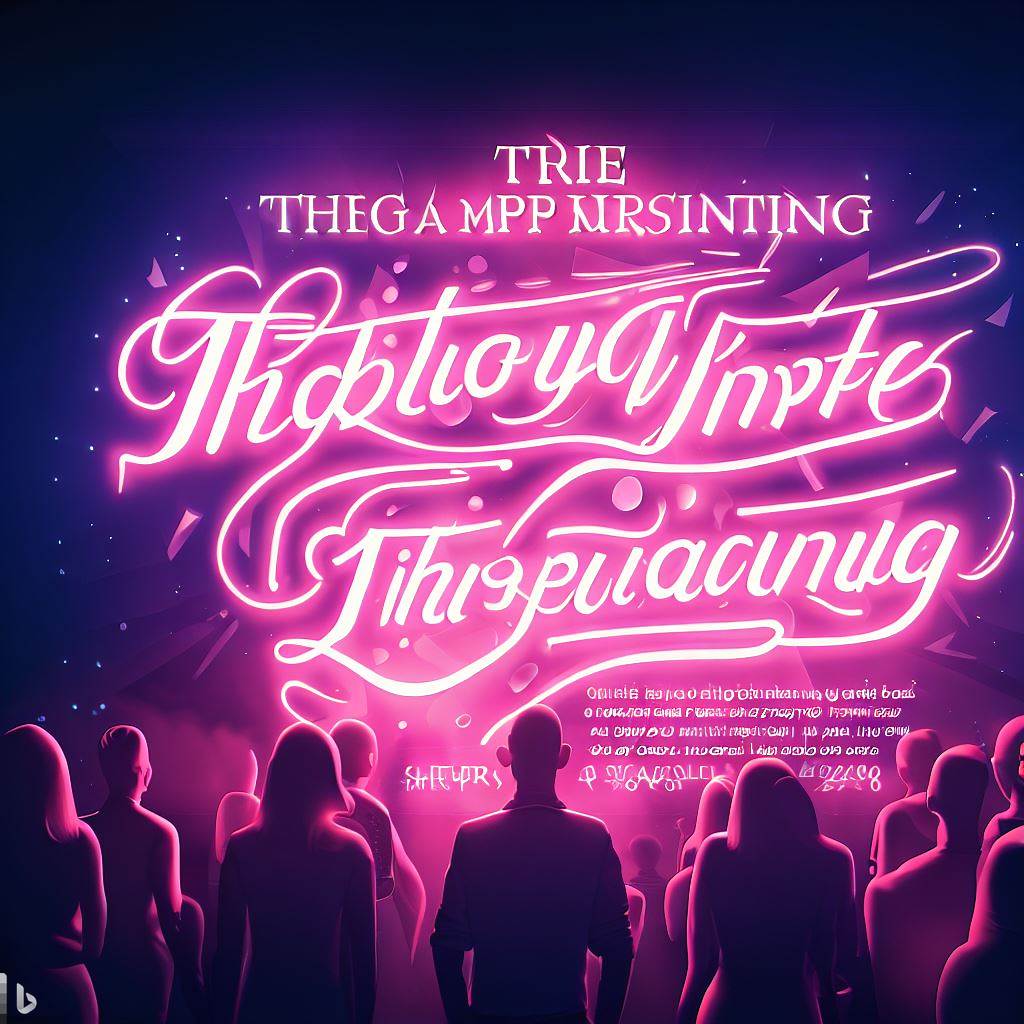
Choosing the right typeface is an important aspect of design that has a significant impact on readability, aesthetics, and overall communication effectiveness. With so many fonts available today, choosing the right typeface can be overwhelming. This article serves as a guide to help you navigate the process of choosing an appropriate font for your project. By considering factors such as context, readability, style, and brand identity, you can make informed decisions to improve the visual impact and effectiveness of your design.
Understanding the context
Before diving into specific typefaces, it is essential to understand the context in which the typeface will be used. Consider your design medium, audience, and purpose. Different contexts may require different levels of form, readability, or expressiveness. For example, a formal document might require a traditional serif font, while a modern website might benefit from a clean and flexible sans serif font.
Readability and legibility
Readability and legibility are fundamental aspects of choosing the right typeface. Readability refers to the ease with which individual characters can be distinguished, while readability refers to the overall comfort and ease of reading a block of text. Consider factors such as letter spacing, x-height, stroke contrast, and ascending/descending when assessing readability. Fonts with open and spacious letterforms, well-proportioned proportions, and clear distinctions between characters tend to provide a greater degree of legibility and legibility.
Matching style and tone
The style and tone of your project should match the chosen typeface. Different typefaces evoke specific emotions and convey distinct personalities. For example, serif fonts often exude a traditional feel, while sans serif fonts are considered modern and clean. Decorative and decorative fonts add a touch of elegance or playfulness. Consider the message you want to convey and choose a typeface that complements the desired style and tone.
Consistent with brand identity

When choosing a typeface for branding purposes, it is important to maintain consistency with the brand identity. The font chosen should reflect and reinforce the personality, values, and positioning of the brand. If the brand has an established visual identity system, consult its guide to recommended typefaces. Consistency in font use across different brand touchpoints, such as logos, websites, and marketing materials, helps establish brand recognition and build credibility.
Consider practical factors
Practical considerations should also play a role in the choice of typeface. Consider intended use and design constraints. For example, if the design will be printed at a small size, choose a typeface that has good readability at a small scale. If the design will be used on different devices and screen sizes, choose a font that is optimized to be readable on the screen. Also, review font availability and licensing, making sure you have the necessary permissions and permissions.
Conclusion
Choosing the right typeface is an important decision that can have a significant impact on the success of your design. By considering context, readability, style, brand identity, and practical elements, you can make informed choices to improve your project’s visual appeal and effectiveness. Remember that typography is a powerful communication tool, and choosing the right typeface ensures that your message is delivered clearly, consistently, and with impact. Take the time to explore different options, test readability, and ask for feedback to ensure that the typeface you’ve chosen perfectly matches your design goals.
